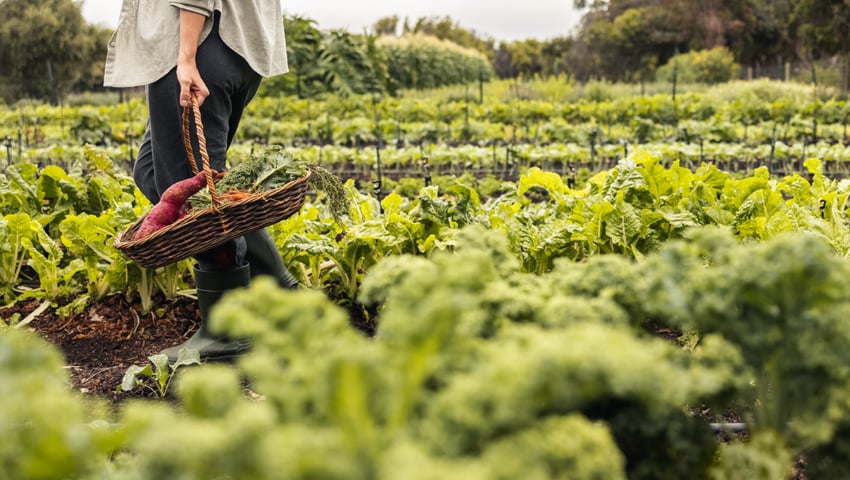Researchers have discovered that organic farming significantly affects the amount of pesticide used in neighbouring fields.
The study – by researchers at UC Santa Barbara, University of British Columbia, and University of Colorado Boulder, and published in Science – found that the impact depends on the density and spacing of organic and conventional fields, and clustering organic fields together could provide the most benefits for all farmers.
Lead author Ashley Larsen, an ecologist at UCSB’s Bren School of Environmental Science & Management, said, “We find that organic cropland generally leads to a decrease in pesticide use on nearby organic fields. In contrast, organic agriculture leads to a small, but significant, increase in pesticide use on nearby conventional fields.”
The authors suspect that the different responses reflect different reliance on natural pest control methods, although they admit the mechanisms are difficult to test with their data.
There’s been a push to increase organic production in the USA, which begs the question of how this will affect pests and pest control for other farms. Most pesticide studies have focused on the field level, Larsen said, comparing metrics like biodiversity, soil health and pesticide use between organic and conventional fields. However, agricultural pests and their predators move beyond field boundaries. So the group sought to understand these interactions between fields, which they call “spillover effects.”
Precisely why this is the case is unclear but, the researchers said, it may have to do with how the pest-control measures taken by organic farms affect the larger ecosystem.
Co-author Claire Powers said, “Organic fields leverage the benefits of natural enemies that reduce the number of pests on their fields, like birds and bugs that eat smaller problematic pests.” These predators and pests then venture into neighbouring fields for shelter and food.
Organic farmers can benefit from a greater abundance or persistence of their pests’ natural enemies, which can be harmed by chemical pesticides in conventional fields. Thus, organic farmers could benefit from clustering together.
On the other hand, an influx of insects from organic fields could drive up the use of chemical pesticides in conventional fields, since these fields have smaller, less effective populations of those beneficial species.
Unfortunately, when organic and conventional farms are distributed evenly, both kinds of farmers often lose out. “Clustering organic fields concentrates the pest control benefits to organics and reduces the costs to conventional fields,” Larsen said. And, as the share of organic agriculture increases, the beneficial effect of organic fields on one another starts to dominate.
“The big takeaway from this research is to stack organic fields next to organic fields and conventional fields next to conventional fields,” said Powers. Doing so could reduce pesticide use overall, benefitting both the environment and farmers’ bank accounts.
These pithy conclusions are the culmination of an involved process.
The authors faced major challenges even finding usable data. “You have to be able to identify specific fields in a spatial data format, link that spatial data to each field’s pesticide-use rates, and also determine which fields are organic and which are conventional,” Powers explained. This information comes from several sources that can be tough to combine. What’s more, agricultural spatial data and pesticide use aren’t particularly well tracked, especially outside of California.
Fortunately the researchers found one region that kept detailed records and made them publicly available: Kern County, California. “Kern County has annual spatial data for their agricultural fields that can be linked to the two other crucial datasets – pesticide use and organic-crop producer IDs – which is really rare,” Powers said.
This is only the latest pesticide research to come out of Larsen’s lab. She previously found that less diverse croplands led to greater variability in pesticide use, as well as higher peak pesticide application. And she hopes to extend this latest analysis beyond Kern County, to California as a whole. She, Noack and colleagues also have a project evaluating how the adoption of genetically modified crops impacts bird diversity in the U.S.
As many regions consider policy initiatives to increase organic cropland, it will be crucial to account for the spillover effects. Clustering organic fields could be an effective way to mitigate the unintended consequences organic farming has on pesticide use on conventional agriculture.
Read the research, Spillover effects of organic agriculture on pesticide use on nearby fields
